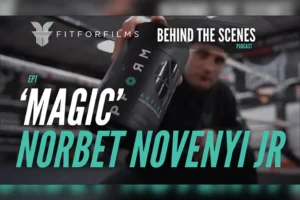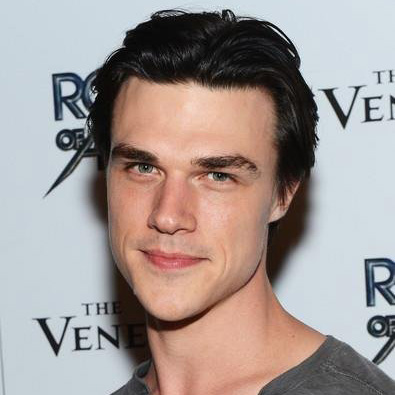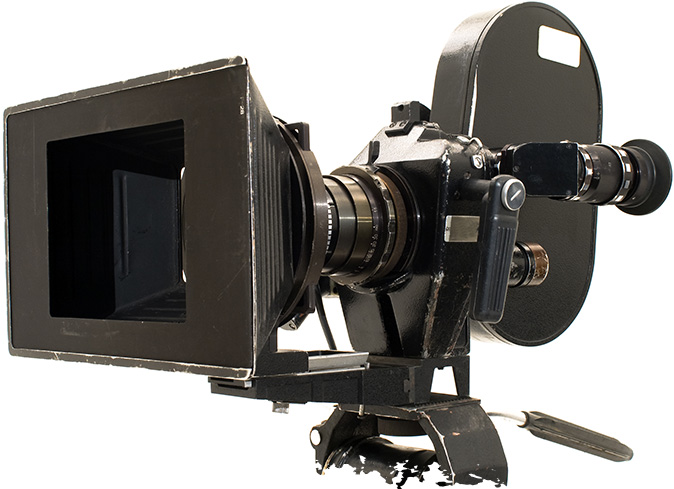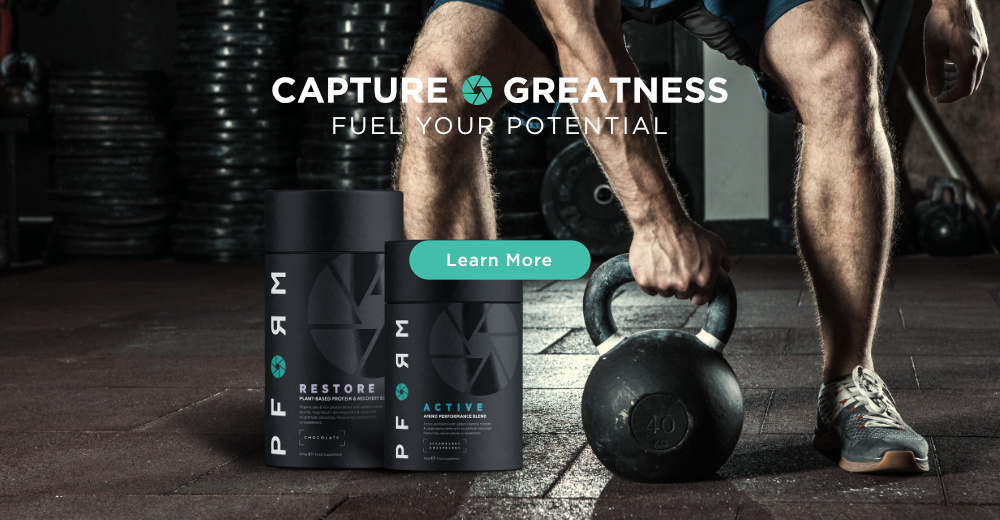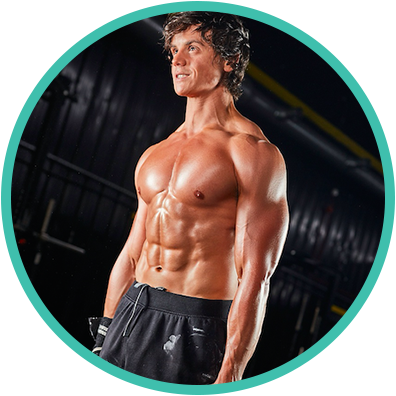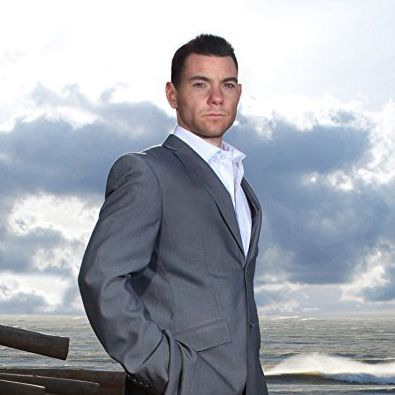
Excitement Vs Consistency: When you should and shouldn’t change your training programme
Crossfit, bodybuilding, olympic weightlifting, strongman, powerlifting, HIIT training, conditioning, calisthenics, MMA, boxing, yoga, hot yoga, naked yoga… (all read in a brash american car retailer voice blurting out deals during a closing down sale). We are inundated with a smorgasbord of training modes, all being sold to us with the elixir of getting us jacked or shredded.
The truth is, all of it will work, but you must know how to use it. More importantly, you must also consider the proper applications of training programmes and how they illicit their effects.
Background: Personality types
You have ADHD and I’m completely fine with that. These people are usually the most fun to train. They run around the gym like a excitable puppy ready to turn on “beast mode” with the latest and “most effective” Instagram workout. They’ll push themselves hard and are generally in very good shape.
But what if they need to step it up a notch? What if something needs them to appear like they’re chiseled out of stone but could also pick up a car if needs be. This would require a training modality that reflects the quality that you need to personify. When this is the case, specificity is essential.
Results in the weight training game are based on a continuum. This continuum is synergised with a differing personality types you will come across. So for example, thrill seeking individuals will wish to see/make more progress at a faster rate. They will add more weight, push themselves harder and generally require more variation to keep them interested in the programme. They progress, but sometimes at the expense of form or susceptibility to injury.
Others can be more reserved. They like comfort and seldom look to change variables as it is unpleasant for them. For the sake of this article, we won’t be covering this demographic (if you’d like to learn more about Neurotyping, check out my podcast with industry leading strength coach Christian Thibeadeau).
Take home point: your personality will impact both how you train and how suited a training protocol is for you.
Periodisation: Know your role
One thing that does piss me off, is bad science. When you google “how to get jacked like the guys from 300” you may find articles on how they did a strength phase with low reps, then a cutting phase with higher reps. This works, but it’s a very much bastardised version of the literature.
Changing rep ranges is called periodisation. This is simply the organisation and planning of training through smart programme design. All training, regardless of what it’s for, needs to be periodised. More on that later.
When using a training method you need to consider both adaptation times and the suitability between the two disciplines that crossover from each other (if you wish to change at all). What I mean by this is that anyone who says “I’m doing powerlifting for 4 weeks, but then I’m going to do some olympic weightlifting for 4 weeks” doesn’t truly understand and respect the nature of these skills.
Think of it like this. All these training methods are genres. In music, we have artists who are well renowned within the type of music they make. So for example, Drake in rap, Justin Beiber in Pop and so forth. These musicians are good and synonymous with what they do and represent.
We’d all be a little bit surprised if Kanye West announced he was releasing a country and western album. When you crossover from a genre that doesn’t compliment other areas of what you’re already good at, you’re leaving yourself at a big disadvantage.
If you need to look lean, athletic and agile, like Spiderman, then olympic lifting and HIIT training would be ideal. This could be smartly designed as a modified Crossfit programme. However going from Crossfit to raw max strength powerlifting makes little sense as the commodities in one area don’t apply to the next.
Strength & Conditioning: What we know
The bodies potential muscle growth is dependant on both nature and nurture. Nature is our genetics, which is largely uncontrollable and nurture is our environment and daily routine, such as diet, recovery, training, stress etc.
When studying strength and conditioning literature, it states that periodised programmes can be changed from anywhere between 2 to 8 weeks. Shorter programme lengths are usually required for highly trained individuals with a tremendous amount of neural adaption to what they do. E.g. a powerlifter who is so efficient and strong at squatting, who only does it every 2 weeks because of the huge amounts of strain put on his body. Here change is a necessity, not preference.
In strength and conditioning, change should only be prompted through stagnation, not boredom. Regardless of your “personality type”, well executed, heavy lifts should always remain in your programme to retain and build dense muscle tissue. If you do not understand this principle you are robbing yourself of a better physique.
What to do: Indicator lifts
For anyone who’s goal is muscle development I would highly recommend finding your own big three. Traditionally, the big three movements are the powerlifting disciplines of squatting, bench pressing and deadlifting. These are also the movements that any gym veteran will proclaim need to be done in order to get big. This isn’t true.
We are all built differently and even more relevant, we are all unique in our accumulation of injuries and mobility impairments. Whilst a squat could be an excellent quad builder for one person, it may equate to a bad back for another. You need to find what works for you but following a few basic rules:
- At least one must be with a barbel
- It must be a compound exercise (multiple joints move)
- You must be able to retain control of the movement at all times
So for example, a deadlift from the floor could become a rack deadlift (raised up), a back squat could become a front squat with your heels raised or a bench press is changed to an overhead press. It doesn’t really matter what the variation is, as long as it requires whole body rigidity and is taxing.
Once you’ve found your lifts it’s now time to design your programme. Immediately when you think of a strength programme you think of 5 x 5. I don’t understand where this comes from or the reason for it’s popularity, but it will work none the less. With strength training, you main objective is overload, so loading parameters can be interchangeable as long as the desired effect is achieved.
This is a rule of thumb and by no means the gospel in strength training. If you’re training on your own and don’t have access to a coach who can desire and manipulate your sessions, then this will work very well.
Start a training phase by working in the 5 rep range. So for example, you do 3 sets of 5 reps in the deadlift. For this week always keep 2 reps in the tank for every set, i.e. when you’ve finished your set you should think to yourself, I could have done 2 more. This is a popular method used by powerlifting coach Mike Tuchscherer, creator of Reactive Training Systems. The week after, look to add 5kg to your top set for lower body exercises and 2.5kg for upper body exercises.
Repeat this method for 4 weeks. All going well and granted recovery is optimal, you will see at least 10kg go on your lifts. At the end of the 4 weeks you can either increase or decrease the reps, it’s completely up to you. You could work on 3’s if you want to get even stronger or back off to 8’s if you want to get big. It’s all down to your preference. The key thing though, is that the lift doesn’t change.
Conditioning: Where variation can prosper
As long as the focus of your workout (compound lift) doesn’t change, I don’t have much of an issue with frequent variations in conditioning work. It can keep things fresh and retain attention, especially for thrill seekers.
This is where you have my permission to do the funky stuff. You can do as you like, but it must again follow a few set principles. These being:
- It is kept short and sweet. Intensity is key
- It is light and safe
- It somehow mimics the quality of your main lift
Personally, using a layering method of compound lift, followed by body building movement, followed by conditioning is an excellent way to build a great physique.
Putting it all together: The programme
Based on everything I have written, here is an example of what I would do if your goal was to put on hulk like size whilst also being conscious of overall conditioning.
A) Deadlift
3 sets of 5 – 2010 tempo – 3 minutes rest
B) Lat Pulldown
3 sets of 12 – 3111 tempo – 1 minute rest
C) Reverse Hyper
3 sets of 15 – 2111 tempo – 1 minute rest
D1) Battle Ropes
5 x 20 slams – No rest
D2) Sandbag Carry
5 x 40 metres – 1 minute rest
Here we have all the aspects as discussed. Strength work to develop size and strength, body building to sculpt and intense movement work to condition the body. You can by all means can the assistance and conditioning work, so the week after may be T-Bar rows and 45° Back Extensions. However the exercises must complement your main lift, i.e. the deadlift. The only major rule here is; the main lift doesn’t change, only the reps and only once they have been maximised through overload.
By following these principles you will be able to maintain the variety and excitement in training, whilst also persevering with the essential elements of muscle development by consistently performing your own specific compound lifts.


